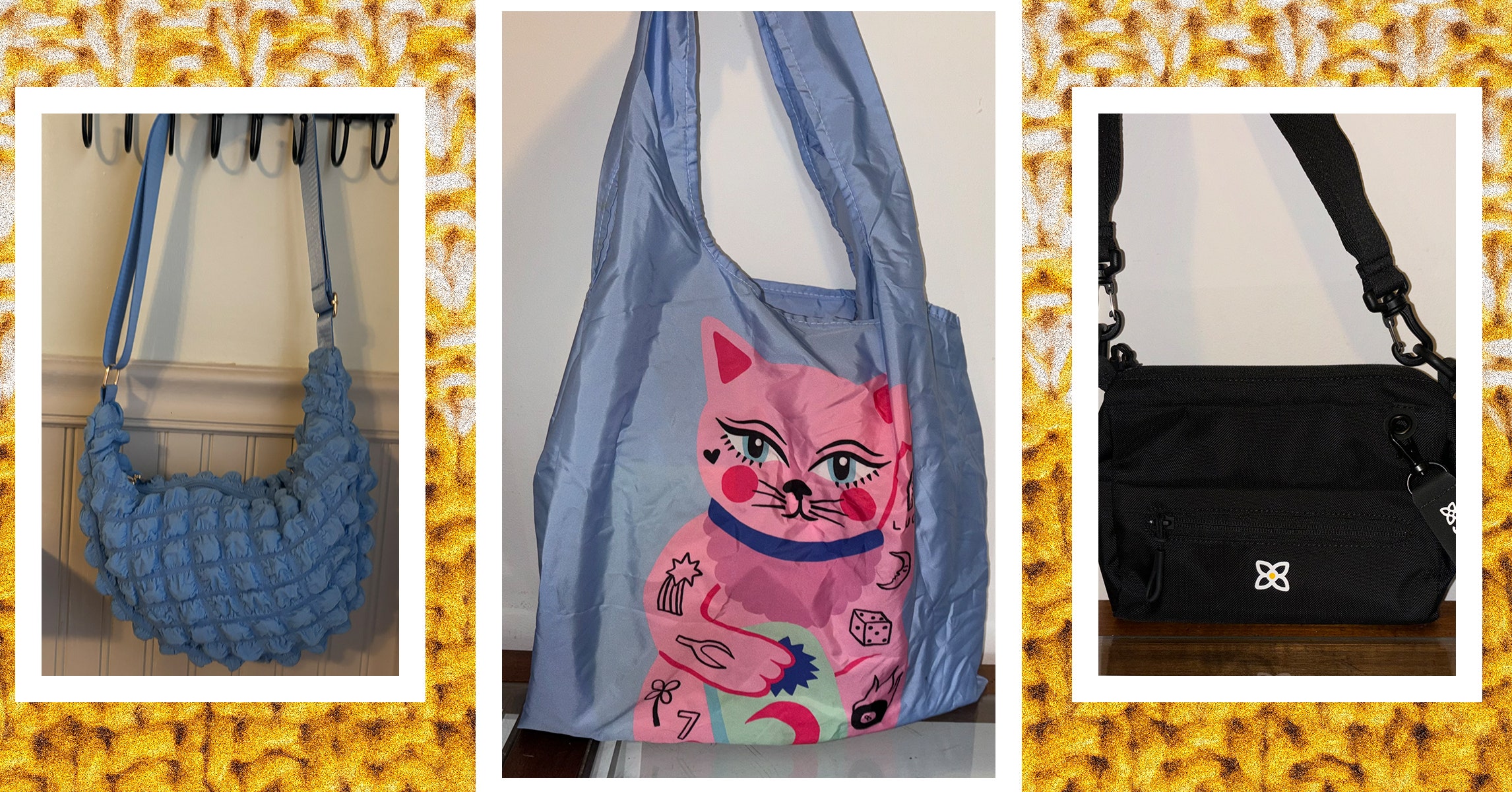WIRED’s gear team has tested dozens of bags meant to ease commutes and withstand wear and weather. Here, our favorite ecological bags are as capable and durable, but made using recycled materials like plastic water bottles, old nylon, and even fishing nets retrieved from the ocean.
It’s important to find ways to reuse what would otherwise pollute our oceans and sit in landfills forever. But first, ask yourself: Do you need a new bag? Buying sustainable items when you already have good ones at home doesn’t help much. But if the bag you have now isn’t working out, then you might get some peace of mind with our picks below that utilize recycled materials. Not every bag is made from 100 percent recycled materials, but every little bit counts.
Bags are often categorized by liters, which we explain more in a separate article. See the rest of our bag picks in our guides on the Best Backpacks, Best Totes and Purses, and Best Messenger and Sling Bags. And be sure to read our other sustainable roundups, like the Best Recycled and Upcycled Products, Best Recycled Clothing, and Best Reusable Products.
Updated July 2024: We’ve added a crossbody purse and reusable shopping bags from Kind Bag, plus Sherpani’s Skye Mini Crossbody. We’ve also updated prices and links throughout.
Power up with unlimited access to WIRED. Get best-in-class reporting that’s too important to ignore for just $2.50 $1 per month for 1 year. Includes unlimited digital access and exclusive subscriber-only content. Subscribe Today.
How Do We Test Bags?
When it comes to products like bags, personal style dictates what you (and we) like. It’s the first thing you’ll notice. We try to test a number of different types of bags in many different styles. Beyond just looking good, we make sure they’re actually worth your money in terms of comfort and durability.
When we get a new bag, we start using them as one normally would, taking purses to the grocery store or out to bars, filling backpacks and totes with our laptops and work gear and heading to a coffee shop to work for the afternoon, and stuffing travel bags with clothes and shoes. We note what they’ll fit, how they’re organized, and if the straps are comfortable or start to dig in after a while. We also fill them with heavy objects—sometimes weights, and sometimes just a bunch of random other products we’re testing—and we fling them around. If threads and straps start to pull, they’re out. Whenever possible, we keep bags to use over and over again for months or years to test long-term durability too, and will update this guide if our feelings change.










